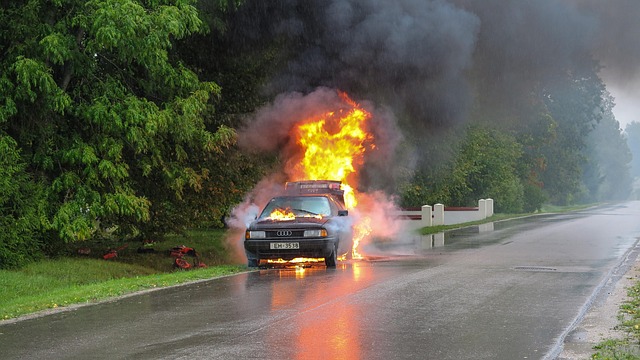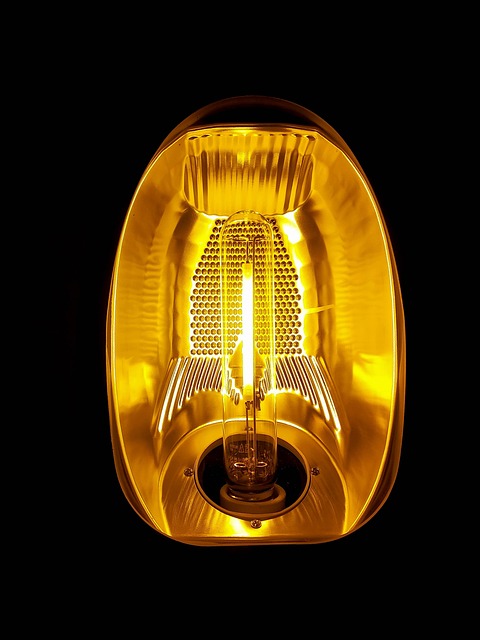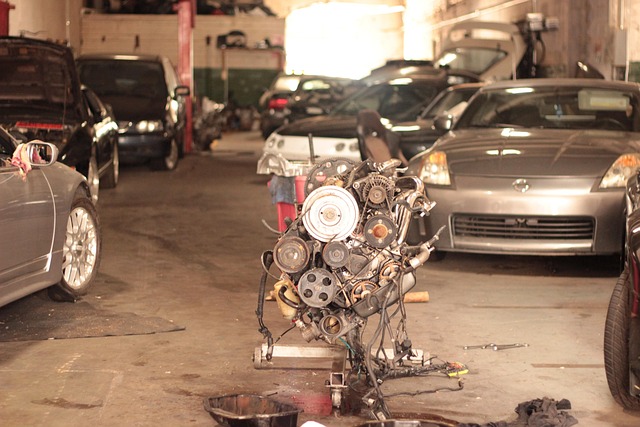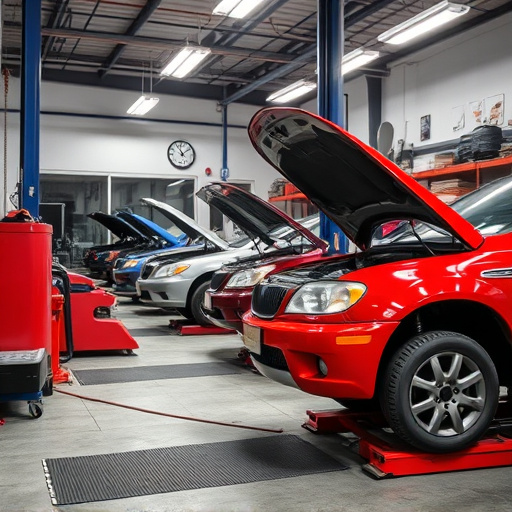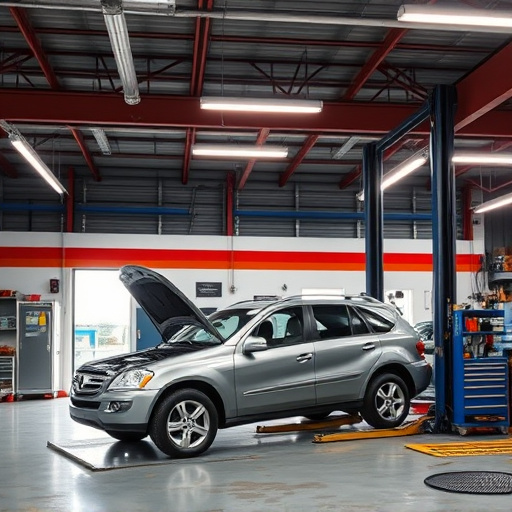Weather conditions significantly impact fallen tree damage repair, affecting both structural integrity and removal complexity. Severe weather events like storms and high winds cause tree falls, damaging surrounding properties. Heavy rainfall softens ground, increasing instability risks, while extreme temperatures dry out roots, compromising support. Effective repairs require understanding these factors, using specialized knowledge and equipment to assess internal structural integrity affected by moisture and shifting earth. Weather conditions also influence materials' longevity, impacting repair outcomes. Seasonal changes further complicate repairs: spring offers potential for better healing but carries risk, summer accelerates growth, autumn's weather patterns complicate removal, and winter exacerbates weaknesses, making repairs more complex.
The impact of weather on fallen tree damage repair is a complex and dynamic factor that arborists must consider. From the initial assessment to long-term healing, weather conditions can either expedite or hinder the recovery process. Understanding how wind, rain, temperature, and seasonal shifts influence tree damage is crucial for effective repair strategies. This article explores these factors in detail, providing insights into navigating fallen tree damage repairs in various weather scenarios to ensure optimal outcomes.
- Understanding the Direct Impact of Weather Conditions on Tree Fall Damage
- – The role of wind, rain, and temperature in exacerbating damage
- – Seasonal considerations: spring, summer, autumn, and winter impacts
Understanding the Direct Impact of Weather Conditions on Tree Fall Damage

The direct impact of weather conditions on fallen tree damage repair is profound and multifaceted. Severe weather events, such as storms and high winds, can cause trees to fall, resulting in significant structural damage to both trees and surrounding properties. Rainfall, especially heavy and prolonged, exacerbates the situation by making the ground soft, which increases the risk of further instability and complicates the removal process. Additionally, extreme temperatures can dry out tree roots, rendering them incapable of supporting the weight of the tree, leading to unexpected falls.
Understanding these weather-related factors is crucial for effective fallen tree damage repair. For instance, during vehicle repair at a car body shop after a storm, assessing wind and rain damage requires specialized knowledge and equipment. Proper evaluation involves considering not just visible dents or scratches but also internal structural integrity affected by moisture intrusion and shifting earth due to rainfall. Similarly, in car body repair, understanding how weather conditions like heat and cold can affect materials is essential for ensuring long-lasting repairs on vehicles damaged by fallen trees.
– The role of wind, rain, and temperature in exacerbating damage

The impact of weather conditions plays a significant role in the extent of damage to fallen trees and subsequent repair outcomes. High-speed winds can cause branches to snap and uproot trees, leading to structural instability and increased risk during cleanup and repair processes. In addition, intense rainfall exacerbates the problem by saturating the wood, making it more susceptible to rot and decay, which can compromise the long-term integrity of any repairs.
Temperature fluctuations also contribute to fallen tree damage. Extreme cold can cause wood to contract and expand, leading to cracks and splits that may go unnoticed initially but can later affect structural stability. Conversely, prolonged heat and humidity can accelerate the aging process of wood, making it more brittle and prone to breakdown during repair attempts. Understanding these weather-related factors is crucial for professionals in the fallen tree damage repair industry, who often need to employ specialized techniques such as frame straightening or car body shop repairs, especially when dealing with automotive components impacted by these events.
– Seasonal considerations: spring, summer, autumn, and winter impacts

The season plays a significant role in determining the extent and complexity of fallen tree damage repair. In spring, when trees are budding and blooming, broken branches may have more time to heal before the next growing season, potentially reducing long-term structural issues. However, falling trees during this period can still cause considerable damage, especially if they land on structures or vehicles, requiring services like mercedes benz repair or auto collision repair.
As we move into summer, rapid growth and warm temperatures can accelerate the repair process, making it easier to replace damaged branches and restore tree health. Conversely, autumn brings changing weather patterns that can make fallen tree removal more challenging due to wet conditions, increasing the risk of secondary damage or infections. In winter, freezing temperatures and snow can cause additional stress to trees, potentially exacerbating existing weaknesses, and making repairs more complex, similar to scenarios involving vehicle paint repair where cold temperatures can affect paint bonding.
Understanding how weather conditions influence fallen tree damage repair is crucial for effective outcomes. Wind, rain, and temperature play significant roles in exacerbating or mitigating damage, with seasonal variations adding complexity. Spring’s budding life, summer’s heat, autumn’s changing colors, and winter’s chill each present unique challenges and opportunities for repair. By considering these weather factors, professionals can optimize their strategies, ensuring better restoration results for fallen tree damage repairs.

